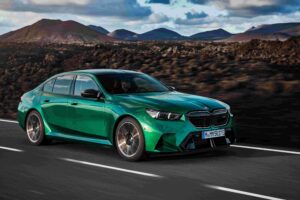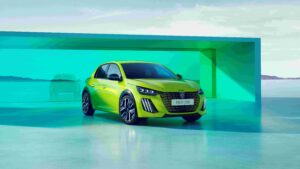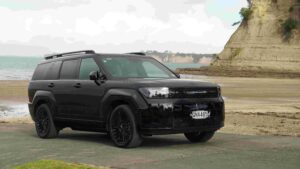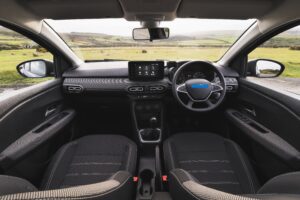I find it very interesting to see the shift in consumer behaviour moving to crossover SUVs when in many instances, they are almost the same offering as the hatchbacks they are replacing. So having the opportunity to try out another model of this very hot segment, I jumped right onto it: thanks to Opel NZ, just last week I had the Mokka-E for a little while to try it out and see what it had going for it.
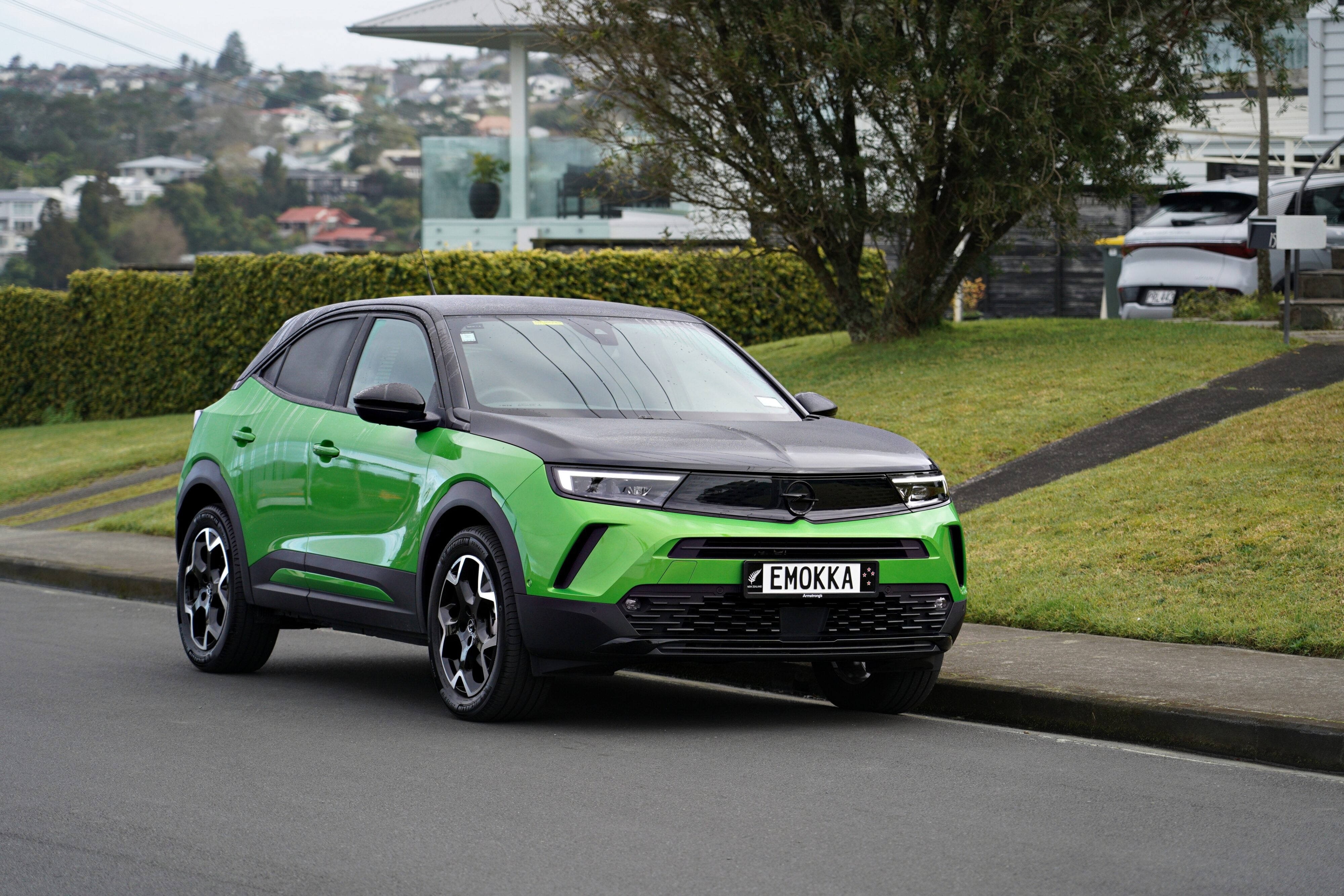
In another case of a car being greatly benefitted from an EV powertrain, the Mokka-E ditches the 96kW 1.2 litre turbo in exchange for a 100kW electric motor powering the front wheels and drawing from a 50kWh battery, all of that in a slightly raised body measuring 4.15m in length.
The car was delivered to me with a full charge, good for an indicated 330km, which is not too shabby at all. The efficiency of the lightweight motor fitted here brings a healthy figure in terms of range, even more so considering it will likely see most of its life in the urban environment. But of course I was going to mix it up a little.
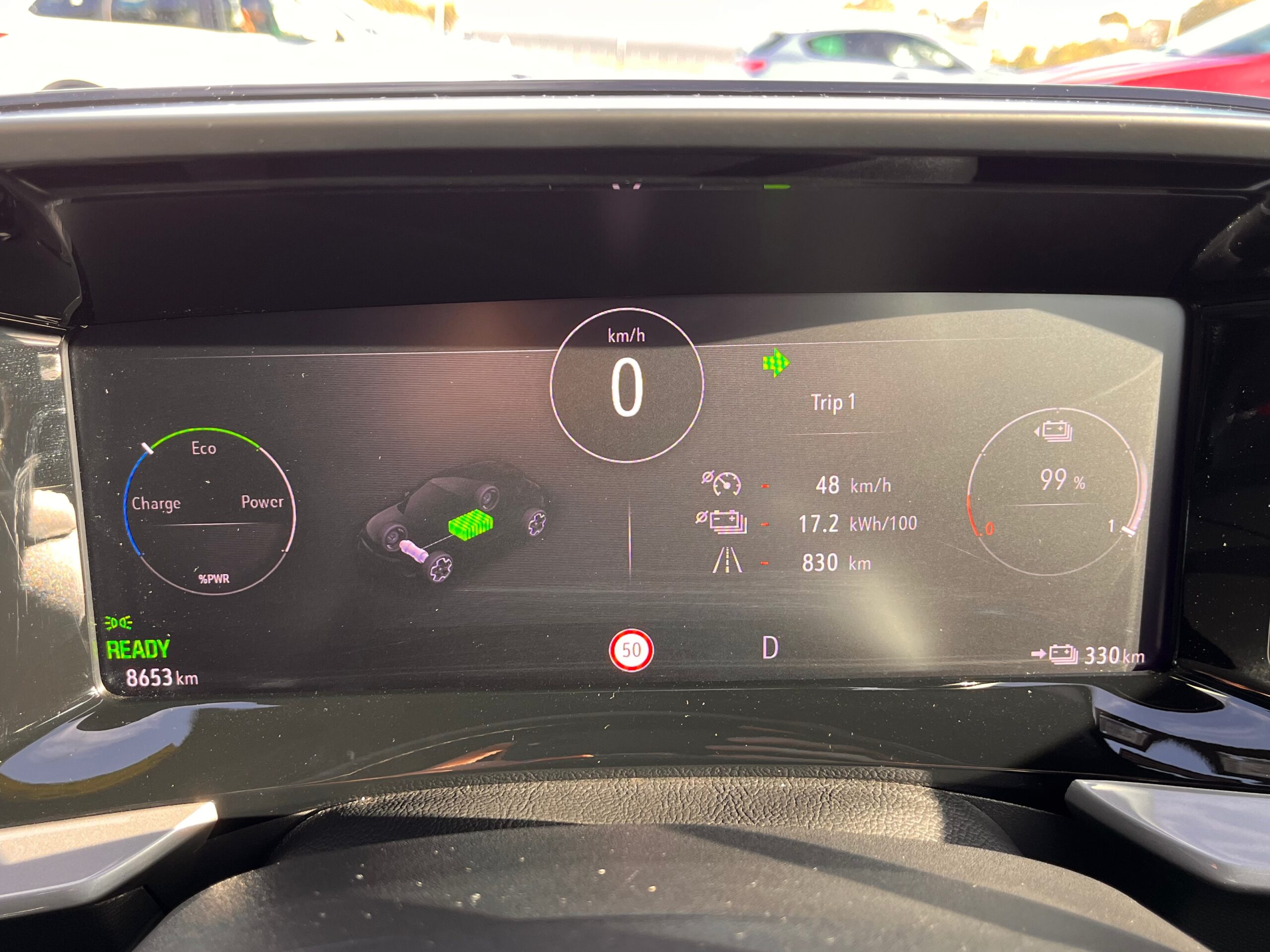
After an initial walk around the car to appreciate its interesting proportions and very stylish design, I climbed inside for my first drive, from the lot to my office right at the heart of Auckland. The bumper to bumper traffic allowed me to distract myself with the quality of the interior and the technology it had to offer. The seats have an eye catching look and feel firm in the good sense of the word, very European.
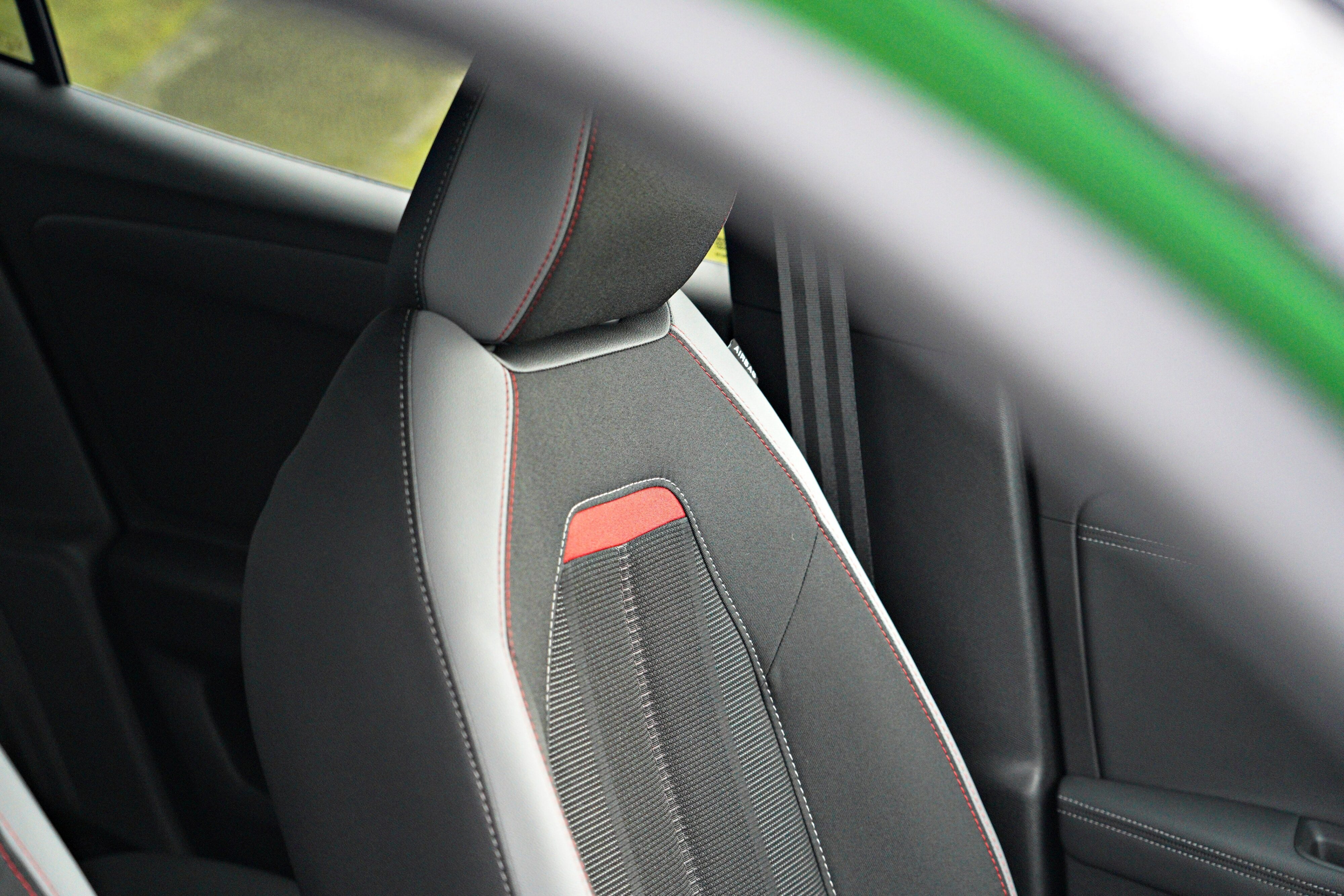
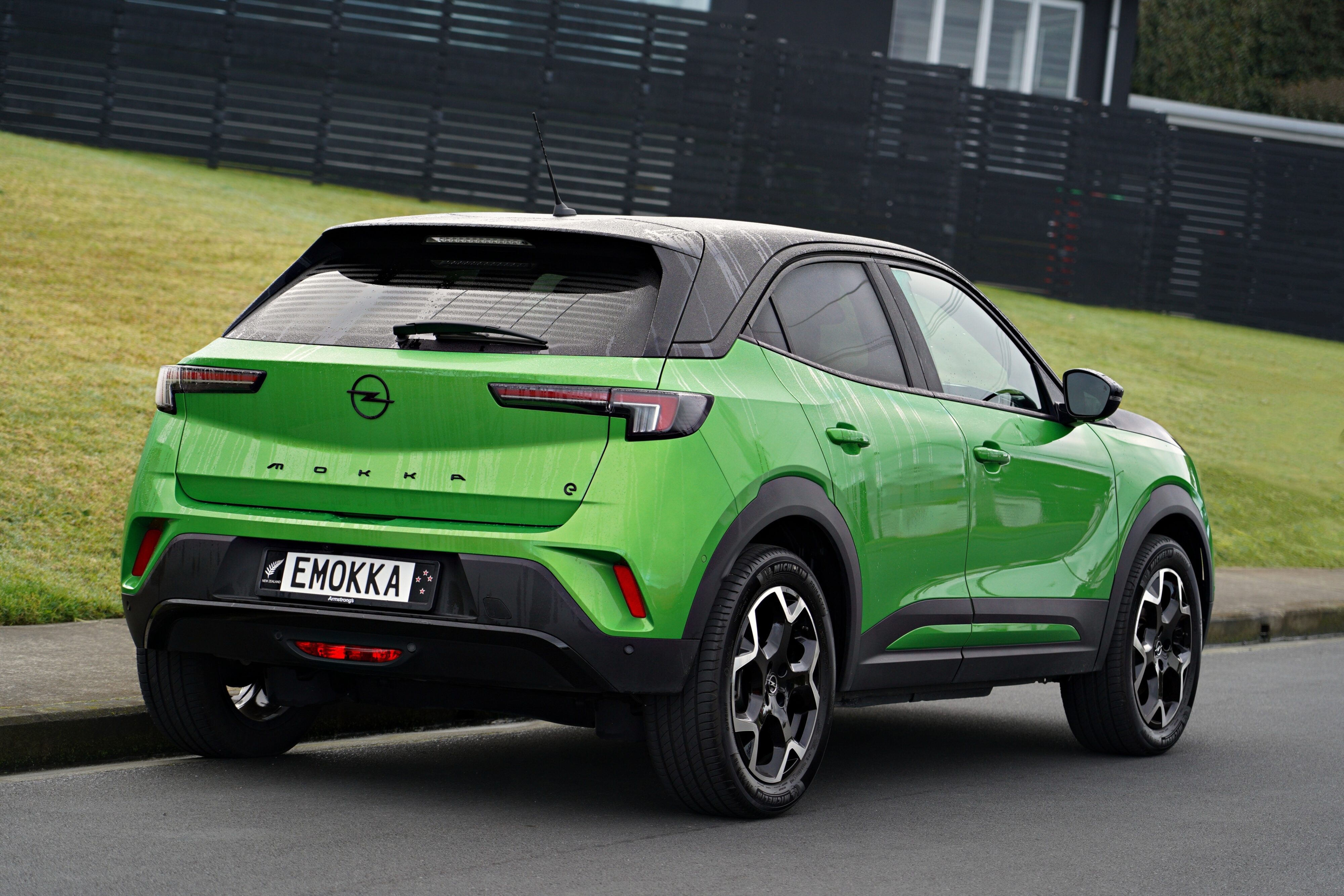
The centre console is covered in piano black and is a fingerprint and scratch magnet, but looks the part when clean. It houses many important buttons and switches you can use to select gears, driving modes and assistance systems. Just above that you will find the air conditioning controls, which are thankfully physical. And they come with an interesting quirk: it is a single zone unit, but with a dual zone control centre. So while this means that Mokka owners get only one temperature setting, they get two dials to make such selection. Watching the dial on the left change the value on the right was a fun sight.
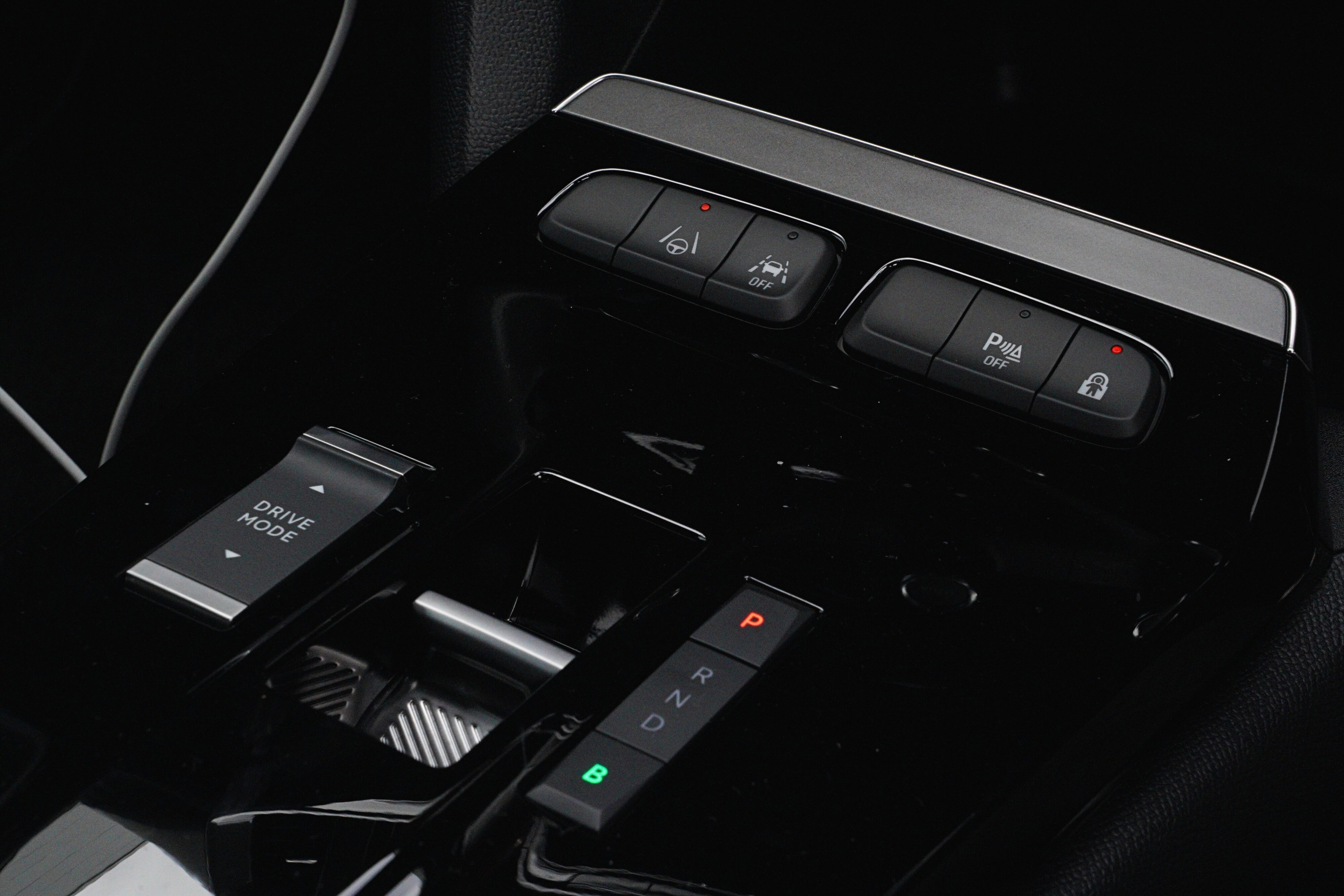

Keep going up the controls and you will see the 10 inch screen that houses the majority of the tech, and there’s so much of it! Wired CarPlay was an absolute breeze to connect and use, and the great response rate of both screens (centre and driver’s) provided a pleasant technology interaction. It was all laid out in an intuitive manner and given my familiarity with other products of the group, I found my way quickly and had the experience customised to my liking in no time.

Other notable features were a smart adaptive cruise control with Stop&Go – always a godsend -, a fairly unobtrusive lane keep assist system and parking sensors front and back. These sensors, in combination with the different modes for the rearview camera made parking in my tight office spot child’s play. Fast forward a few hours and it was time to face traffic again to head home.
So come Saturday, and I had an early start to drive the car as much as I could. First, a coffee run – and I had a Mocha, of course. As for the Mokka, it had spent the night on my driveway, so it was still very wet and cold when I jumped in. It was then that I realised it turns on ventilation whenever the car comes alive, despite me turning it off every single time I drove it. I might have mentioned this before, but I’m always cold, so part of the start-up routine involved turning off ventilation, and then switching on the heated seat and steering wheel. Staying warm while also being efficient at the same time!

After a few snaps, I hit the road up north to experience a bit of motorway driving. I was enjoying it quite a bit so I purposely missed my exit and kept going a few more kms (plenty of range to do that!), only to then use a rural backroad to take the u-turn, but not before putting the Mokka through its paces in a windy back road. The 18 inch rims with low profile tyres make the Mokka-E very surefooted, and be it under motorway speeds or in the twistiest backroads, it inspired confidence and dealt with irregularities with competence and comfort.
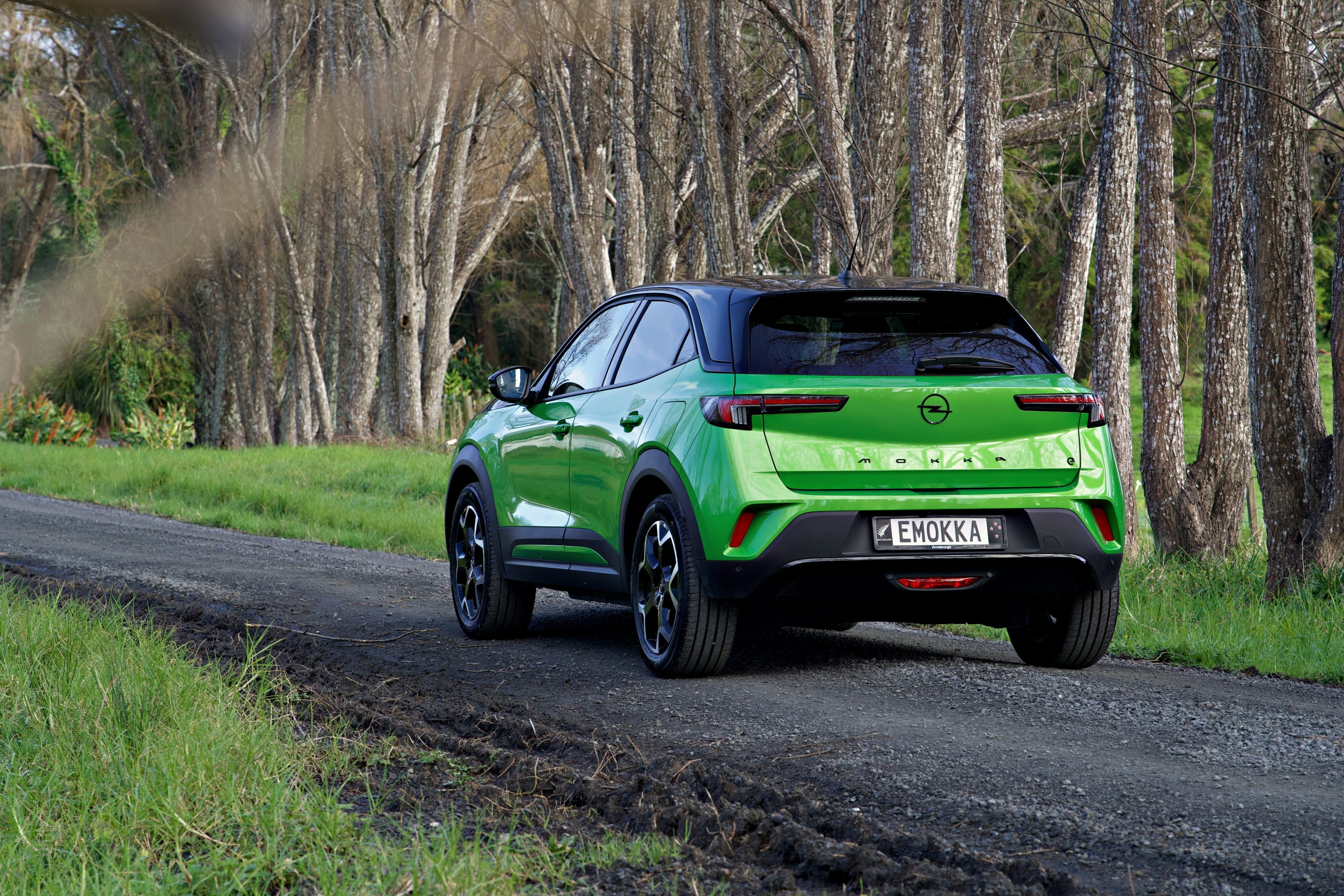
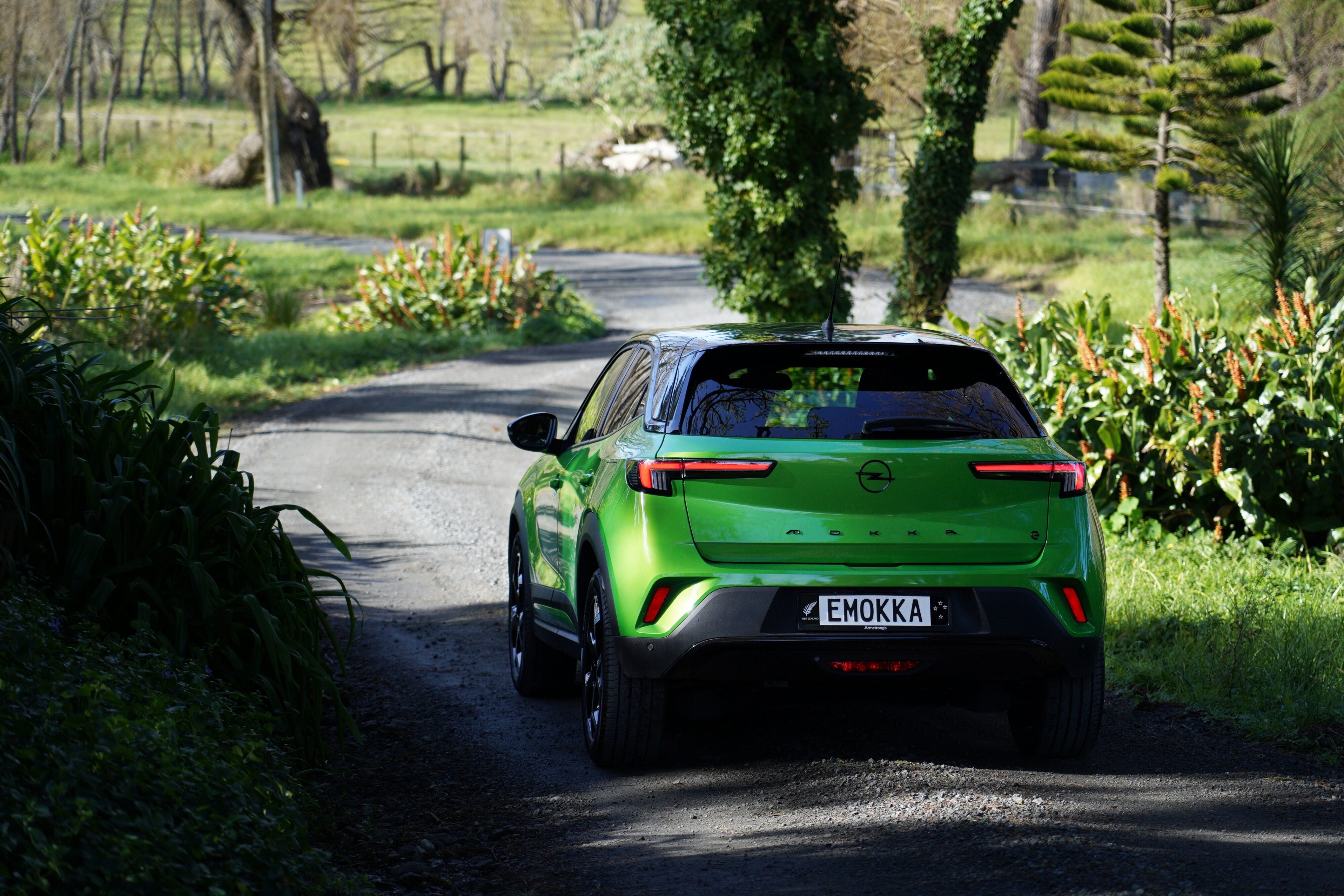
The accelerator pedal calibration was something of a surprise to me. This conclusion is completely based off of my butt dyno and has no real substance, but I get the impression the acceleration curve of the Mokka is a bit different from other EVs: a bit calmer from a standstill, it will hardly ever shove you back onto your seat or break traction, even when turning. On the other hand, when other small EVs tend to start losing power, the Mokka keeps going and pulls consistently all the way to motorway speeds. Drivers unfamiliar with the calibration of other EVs will still be happy with the 0-50km/h nippiness normally associated with cars moved by electrons, while also getting the constant delivery that allows for easy motorway merging.

Almost 100km later, I started making my way back home, and again it was a mix of letting the car handle the boring motorway driving and taking control once back in the suburb roads. I always try to simulate the actual usage the vehicle will see on the hands of its potential owners, and the Mokka seems to do a great job at handling everything that’s thrown at it.
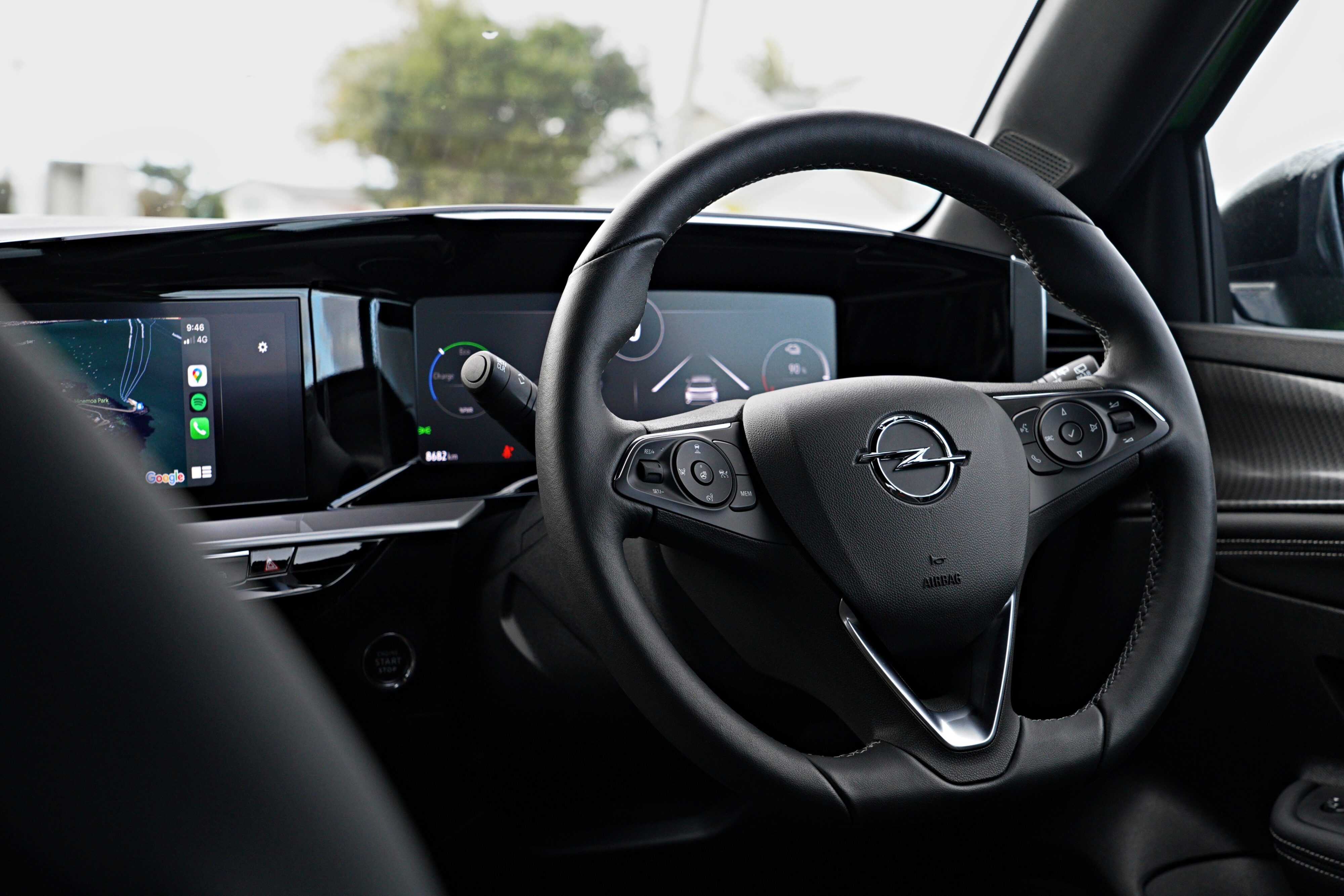
This novel power delivery barely changed when switching driving modes, as they don’t seem to influence much of the car’s behaviour. The B mode, however, was a different story: turning it on meant more regenerative braking and deceleration, and I found myself using it basically the entire time. Those looking for a more old-school driving style can opt to leave it in Normal and call it a day, but for me the combination of Sport with B mode on brought the most engagement and recuperation. It’s like they say, use more, regain more – who’s “they”, I have no idea.
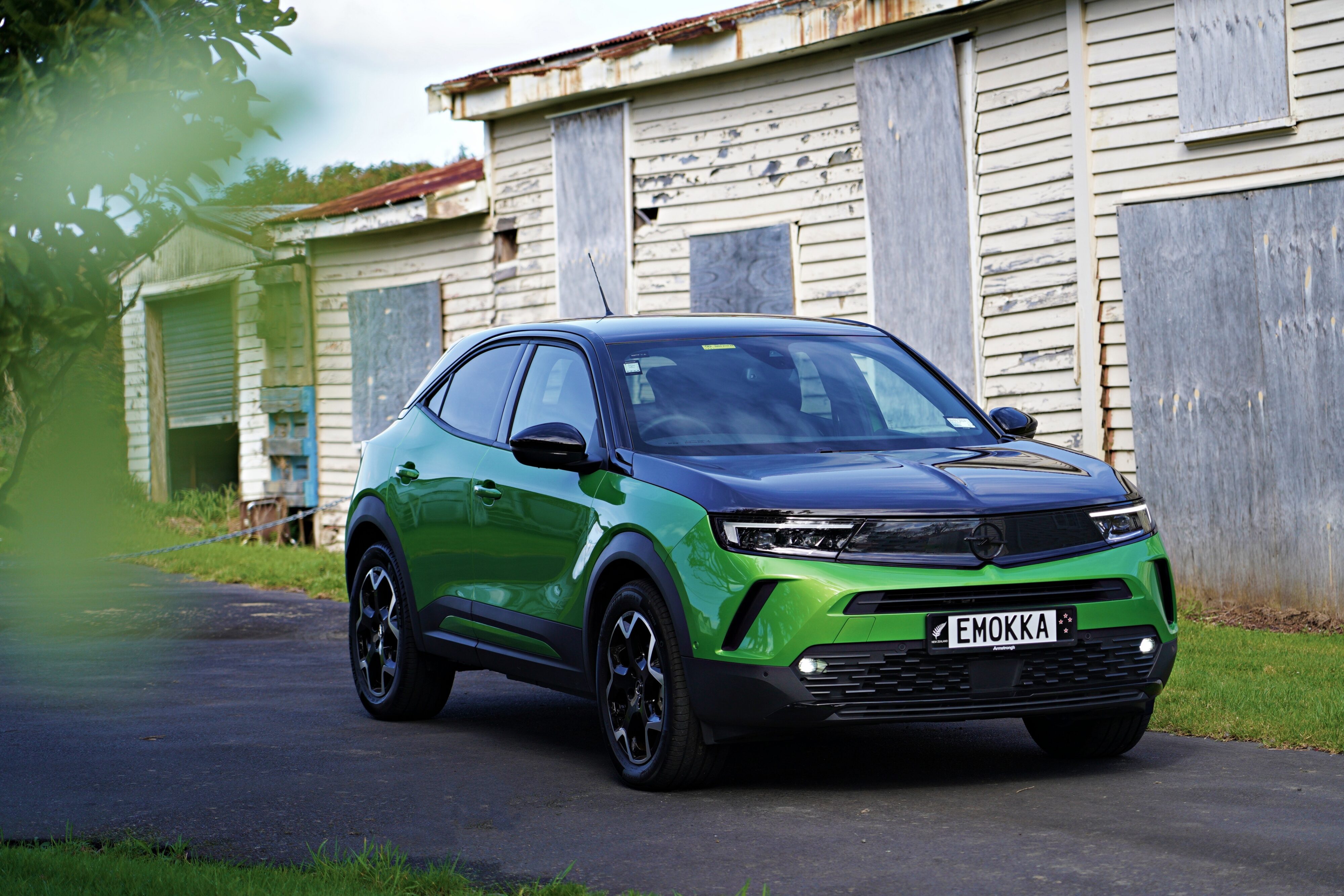
Still on the topic of braking, we now get to what was possibly my only gripe with this otherwise great car: the brake pedal. Even after all those kilometres, I had trouble getting a feel of how to consistently come to smooth stops, and the shift from regeneration to actual friction braking always led to a small change in brake feedback. Granted, it’s nitpicking, but it is a strong indicator of good EV integration. Having customisable regenerative braking or even a one-pedal mode would have been great additions, but I understand these are usually reserved for more expensive models.
And just as I got back to my stomping ground, I spotted a new place that was good for some more pictures, and something tells me this is not the last time I will use this locale. It was also an opportunity to try out a few other angles of the Mokka, and what a photogenic car this is. The sharp lines feel purposeful and modern, and the two tone paint really sets it apart on the road. I posted some of the previews of these pictures on my Instagram and it grabbed a lot of attention, including from my mum who said she’d love to own one of these! Especially in this beautiful Matcha green colour, this is not the car if you want to fly under the radar.


I manoeuvred the car quite a bit to get the angles I wanted for these pictures, and with so many windows around me, I picked up on another characteristic of the Opel that I don’t remember having seen before: turn signals that are not synchronised to the audible and visible feedback they give! I know that back in the relay-controlled filaments days these two things would be connected, but I guess this is no longer the case with LEDs and quiet relays. I tried to capture this in the GIF below, and promise to keep bringing you less-than-relevant car knowledge!

Back to the more journalistic part of the review, I made it back home, picked up my partner and went out to visit friends. They came to see the car and had good things to say about how it looked and we even found the shark Easter egg in the storage compartment in the centre console. When popping the hood, you see the EV motor and their peripherals in all their glory, but if not told this is electric, a less keen observer could easily mistake this for an ICE car. The visual similarity to a “normal” engine and the obvious lack of a front trunk make this a sight as familiar as can be.


Another interesting feature I picked up was that the car unlocked itself automatically as I approached it, without even the need to touch the door handles. The same happened when walking away from it, elevating the convenience level of keyless entry and exit to another level, one I’m not used to seeing very often, especially at this price point.
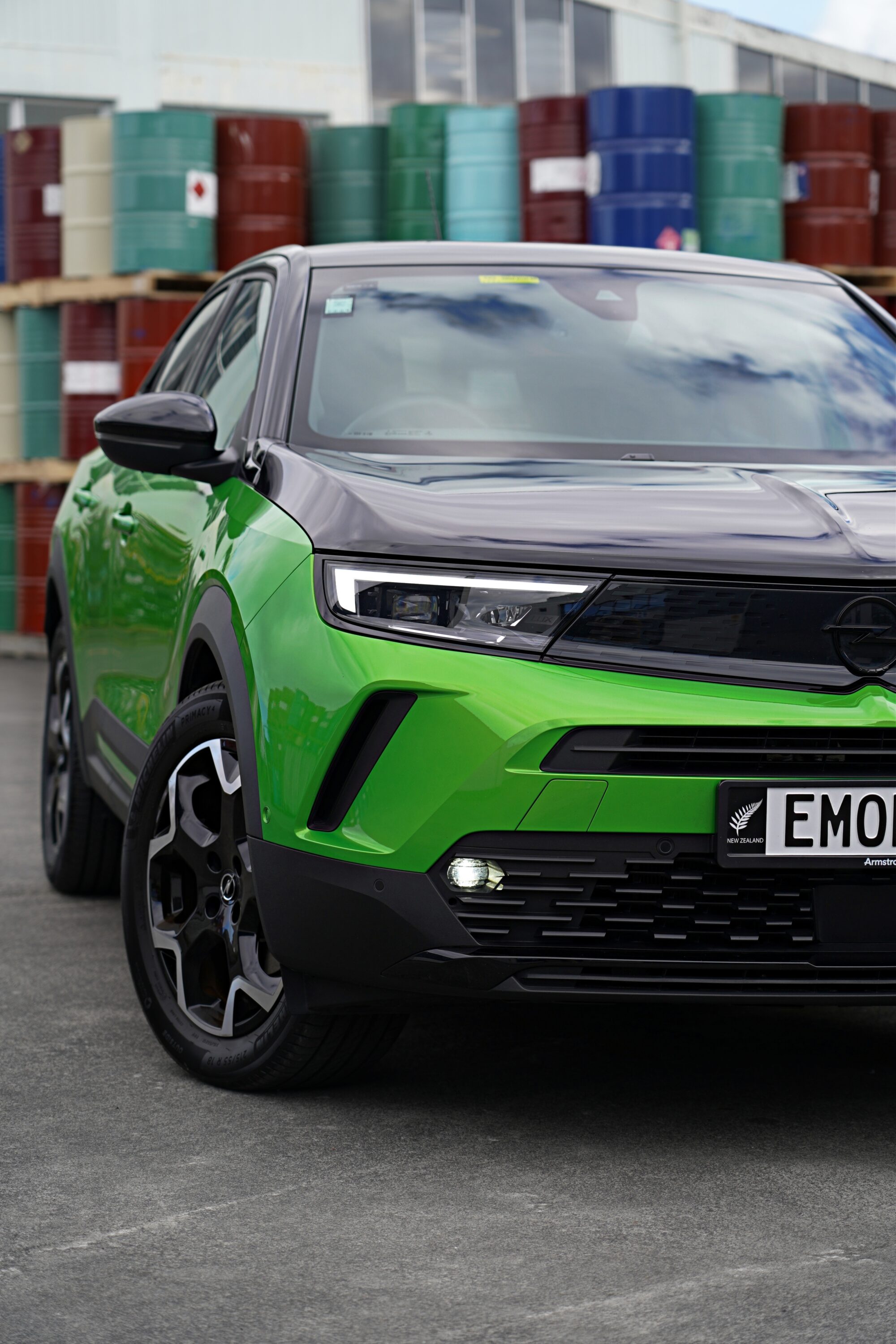
As my time with the Mokka was coming to an end, there was little else to do other than drive it back to Opel the next day. This was the first time I had an electric press car and never had to charge it! While it meant I didn’t get to see what the charging experience is like for the Mokka-E, in times of range anxiety, driving as much as I did and not having to worry about range is probably the best compliment someone can give to an EV, and this is coming from the owner of one! The 50kWh battery can charge to 80% in 30 minutes using a 100kW fast charger, so you’re covered there as well.

With a solid range figure, great driving dynamics and all the tech and comfort you can expect, the Mokka-E is a very solid offering for the segment and one I could easily recommend. My experience with it was very positive and goes a long way to show how much this segment has improved over the past few years, and how a well thought through EV powertrain can help elevate the experience of a car. Thanks, Opel NZ for the opportunity! And thank you for reading, and stay tuned for more Opel, EV or automotive content!



